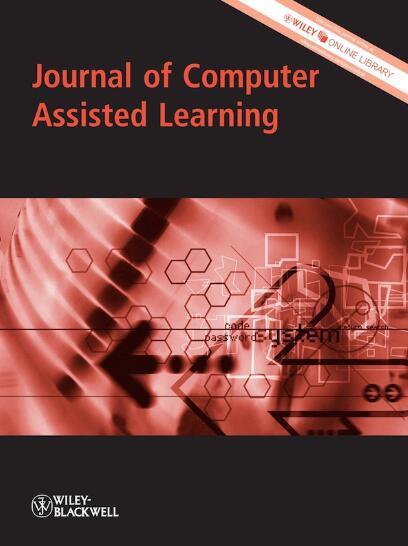Unravelling the Computational Thinking and Spatial Thinking Development: An Exploration of a Virtual Robot Programming Environment
Abstract
Background
Robot programming can simultaneously cultivate learners' computational thinking (CT) and spatial thinking (ST). However, there is a noticeable gap in research focusing on the micro-level development patterns of learners' CT and ST and their interconnections.
Objectives
This study aims to uncover the intricate development patterns and interrelations between learners' CT and ST at a micro level within a robot programming environment.
Methods
Thirty middle school students participated in the study and completed SOLO robot programming tasks. Process data on their online programming behaviour were collected through programming platform log data, screen recordings and synchronised think-aloud audio, while result data were obtained through CT and ST standardised tests. The data were then analysed using cluster analysis, process mining techniques, Kruskal–Wallis, and Spearman analysis.
Results and Conclusions
The results revealed three clusters of learner types (i.e., masters, debuggers and beginners). Masters skilfully employed both CT and ST, while debuggers effectively activated ST through feedback. Beginners, however, showed lower proficiency in both. Notably, their CT structures demonstrated bidirectional thinking, top-down systematic programming and bottom-up debugging methods. The intrinsic developmental structure of ST shifted from direction language to spatial behaviour. Furthermore, ST and CT were mutually enhanced and mental rotation in ST is positioned as a foundational skill for CT.
Implications
These findings contribute to a deeper understanding of learners' intrinsic thinking processes and offer essential guidance for optimising programming education.

 求助内容:
求助内容: 应助结果提醒方式:
应助结果提醒方式:


